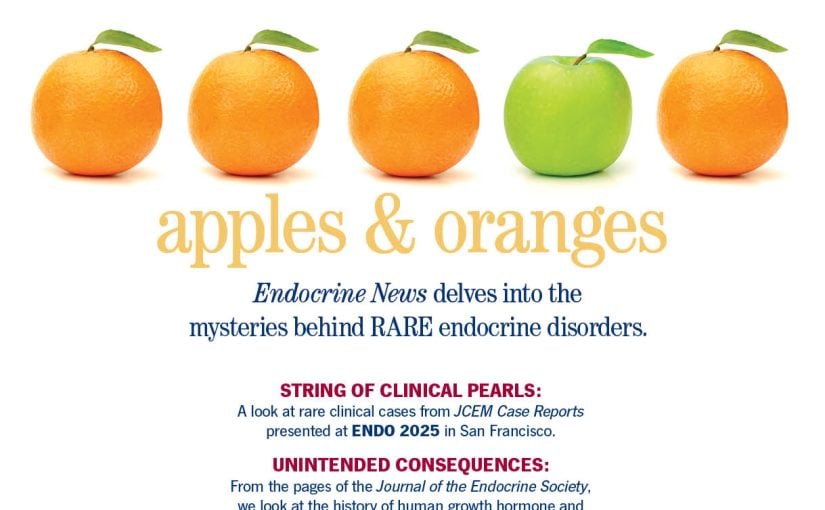Health care providers may unintentionally expose patients to endocrine-disrupting chemicals (EDCs) by prescribing certain medications and using medical supplies, according to a perspective published in the Endocrine Society’s Journal of Clinical Endocrinology & Metabolism.
Exposure to EDCs, chemicals that disrupt the body’s natural hormones, is most often associated with industrial pollution, contaminated food and water, or personal and home care products. Less appreciated is the fact that some medications and medical devices also contain these harmful chemicals.
This includes both prescribed and over-the-counter medications as well as medical equipment used in the hospital, including among the most vulnerable patients in the neonatal intensive care unit. Unfortunately, most healthcare providers are unaware of these risks, and patients are unaware of their exposure.
“As healthcare providers, we need to do a better job of limiting the threats of chemical exposures to our patients’ health by ending our complicity in mediating those exposures.”
“Through the prescribing of medications and the use of medical supplies, healthcare providers expose patients to chemicals that can disrupt the body’s natural hormones,” says the study’s lead author, Robert Michael Sargis, MD, PhD, of the University of Illinois at Chicago in Chicago, Ill. “In order to provide ethically sound medical care, the healthcare community must be made aware of these risks, manufacturers must strive to identify and eliminate endocrine-disrupting chemicals from their products, and patients must be empowered with knowledge and options to make informed decisions that limit their exposure to potentially harmful chemicals. As clinicians, we have an ethical imperative to act on this issue to protect our patients.”
The authors are calling on physicians to become educated about their role in exposing patients to these chemicals. They express the need for better patient education and a commitment on the part of physicians to live up to their ethical mandates to discuss the risks of EDC exposure. Regulatory agencies and manufacturers also need to identify and eliminate EDCs in medications and medical devices and develop safer alternatives.
“As healthcare providers, we need to do a better job of limiting the threats of chemical exposures to our patients’ health by ending our complicity in mediating those exposures,” Sargis says.
Other authors include Matthew Genco and Lisa Anderson-Shaw of the University of Illinois at Chicago.
As clinicians, we have an ethical imperative to act on this issue to protect our patients.”
The study was supported by the National Institute of Environmental Health Sciences.
The manuscript, “Unwitting Accomplices: Endocrine Disruptors Confounding Clinical Care,” was published online, ahead of print.

